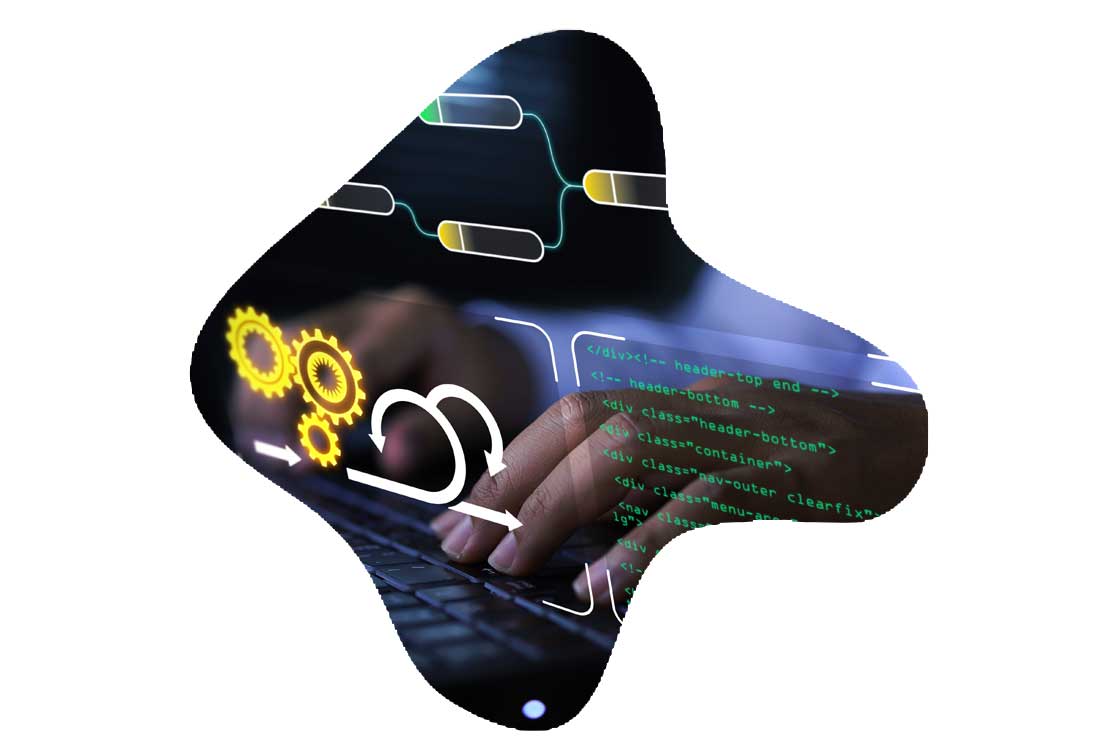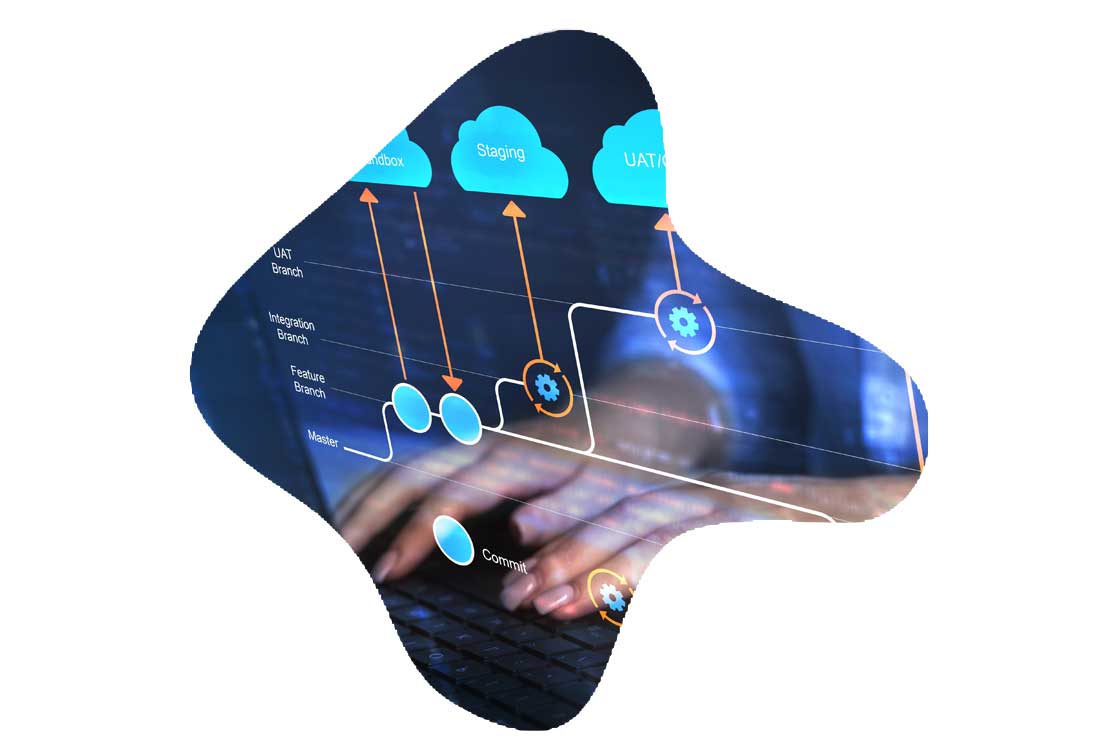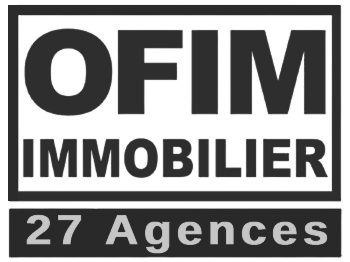Why redesign or migrate a web application?
Redesigning or migrating a web application is not just a technical choice, it's a strategic lever. In a rapidly evolving digital environment, applications age quickly: technical debt, obsolete interfaces, slowdowns, weakened security, evolution difficulties... These obstacles slow down your growth and weaken your competitiveness.
At GDN, we see each redesign as an opportunity to put the user, business use cases and performance back at the heart of the product. Migrating, modernizing or redesigning a web application means giving value back to your digital assets.
Our approach? Pragmatic and agile. We analyze your real needs, weigh up the appropriate technologies and always prioritize the solution that moves you forward quickly. Test, adjust, evolve: your tools grow at the speed of your ambitions.



















